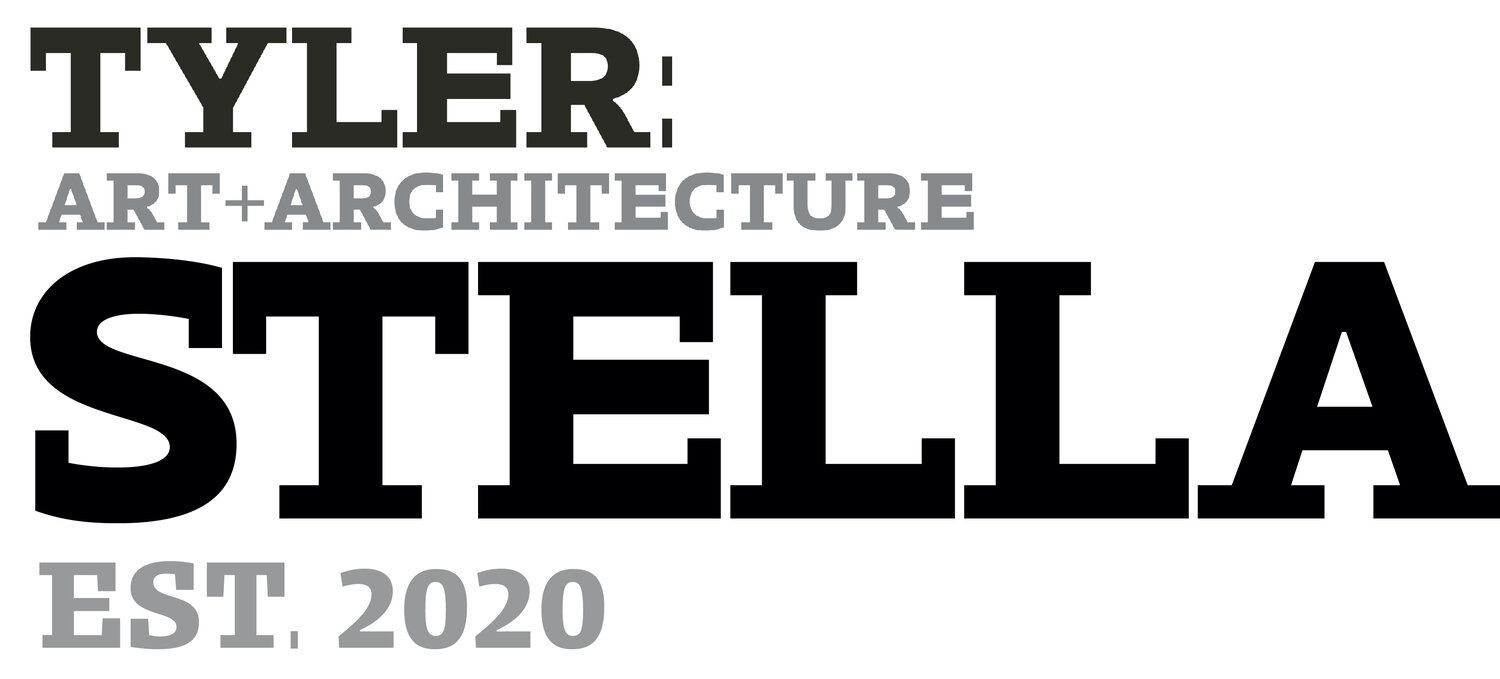Jospeh Rullo
Brutal Honesty: Yes the Philadelphia School Is Real
One Washington Square, Philadelphia, PA. An imposing glass and concrete structure rises high above Independence Plaza, reflecting the historic square back at the viewer. This is a Philadelphia School building; a unique architectural style that developed in the 1970’s. A group of architects came together in the city, taking issue with the lack of local context in many modern buildings. It strives to stand out from its surroundings with modern, brutalist design but also pay homage to the history of the land it stands on. This style emphasizes locality and functionality while still striving for innovation. Perhaps in the most literal form, this building designed by Mitchell/Giurgola for Penn Mutual literally reflects the surroundings back onto the viewer and accentuates the façade of the old building in a dramatic black frame. Careful thought was put into the placement of windows and public access to create a building that embraces the modern era while not losing track of the past.
Richards Medical Laboratories, Louis Kahn, 3700 Hamilton Walk, University of Pennsylvania, Philadelphia PA, Halkin Mason PhotographyThe Guild House was designed by Robert Venturi and built in 1963. It was commissioned by the Friends Guild of Philadelphia as low-income housing for the elderly. Due to budget constraints materials were limited so Venturi looked around the neighborhood and chose to reference the neighboring homes with the brown and white brick façade. Double hung windows were also chosen as a reference to the older homes. While this design skews more post-modern with its plays on classical building order, the choice to reference the neighborhood materials shows that tell-tale awareness of a Philadelphia School Building.
United Way Building, Mitchell/Giurgola, 1800 JFK Blvd, Philadelphia, PA, George E. Thomas, SAH ArchipediaRichards Medical Research Lab is perhaps the most famous of buildings of this style, designed by Louis Kahn and constructed in 19192, it clearly represents the “buildings as servants” mentality of Kahn and the Philadelphia School. Through his use of glass and blank space in the façade, Kahn firmly establishes the spaces meant for people and the spaces meant for utilities serving the people (ventilation, stairwells, machinery).
Guild House, Robert Venturi, 711 Spring Garden St, Philadelphia, PA, Wikipedia Contributor Designed by Mitchell/Giurgola for the United Way Foundation in 1969 this building is unassuming yet incredibly ahead of its time. The angular design mimics the many paths and convergences of the parkway and the originally (now painted) raw concrete brings to mind the surrounding sidewalks. Even the window placement of the building is thoughtful as the architects carefully planned out the position of the sun throughout the day, a consideration that is now standard but was unusual for the time.
Calcutta House, Friday Architects, 1601 W Girard Ave, Philadelphia, PA, Google Street viewWhile this building is not exactly Philadelphia School, it draws heavily from the principles. Designed by Friday Architects for the Calcutta foundation in 1995, the firm was tasked with creating a structure that fit in with the neighborhood while still standing out. Using brick and limestone a simplistic sun rise was created as a symbol of hope for the people entering the institution.
Philadelphia Museum of Art, Frank Gehry, 2600 Benjamin Franklin Parkway, Philadelphia, PA, The New York TimesThe much-anticipated renovation of the Philadelphia Museum of Art by architect Frank Gehry shows that the notions of the Philadelphia School live on. Over 90,000 square feet was included in the plans, with Gehry stating the overall goal being to allow “the museum to guide our hands”. Extensive use of the original material, Kasota stone, ensures the new spaces reference the past while making room from people and art. The new spaces are refreshingly simple and showcase the beauty of the natural stone.
Joseph Rullo
(he/him)
Art History ‘23
Joseph Rullo is a junior Art History major with a minor in Environmental Studies. He is interested in contemporary art, architecture, and has recently been looking into how technology interacts with art. Originally from Virginia, he has lived in Philadelphia for around four years and has become fascinated with the city. His plans for the future are currently unclear, but he plans on obtaining a master’s degree and working somewhere in the field of conservation or arts management.








